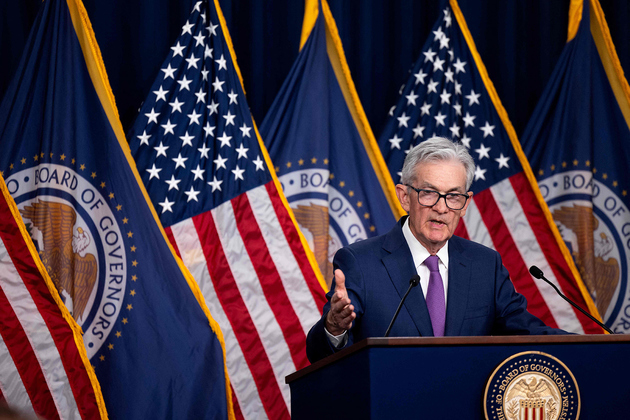
Photo/VCG
On the evening of April 10th (Wednesday), Beijing time, data released by the U.S. Bureau of Labor Statistics showed that the U.S. CPI increased by 3.5% year-on-year in March, a new high since September of the previous year, and increased by 0.4% month-on-month. The core CPI, which excludes food and energy costs and is more closely watched by the Federal Reserve, increased by 3.8% year-on-year and 0.4% month-on-month in the same month.
After the data was released, the U.S. dollar index briefly surged about 50 points; the U.S. dollar to yen exchange rate touched 1 U.S. dollar to 152 yen, setting a new high since July 1990; spot gold briefly fell more than 15 U.S. dollars; the yields on both two-year and ten-year U.S. Treasury bonds surged 13 basis points, among which, the yield on the ten-year U.S. Treasury bond broke through the important threshold of 4.5%.
Brian Coulton, Chief Economist at Fitch Ratings, said in an email to NBD that “we should not overreact to the rise in overall inflation in March.” However, he also pointed out that the increase in the “super core CPI (i.e., service inflation excluding housing rent)” is moving in a direction that the market does not want to see, and the speed is very fast.
The “Federal Reserve Watch” tool on the Chicago Mercantile Exchange shows that after the CPI data for March was released, futures traders’ expectations of the probability of the Federal Reserve cutting interest rates in June dropped sharply from about 50% before the data was released to about 20%, and the expectation of the number of times the Federal Reserve will cut interest rates within the year also dropped from three times before the data was released to two times (each time being 25 basis points).


 川公网安备 51019002001991号
川公网安备 51019002001991号





